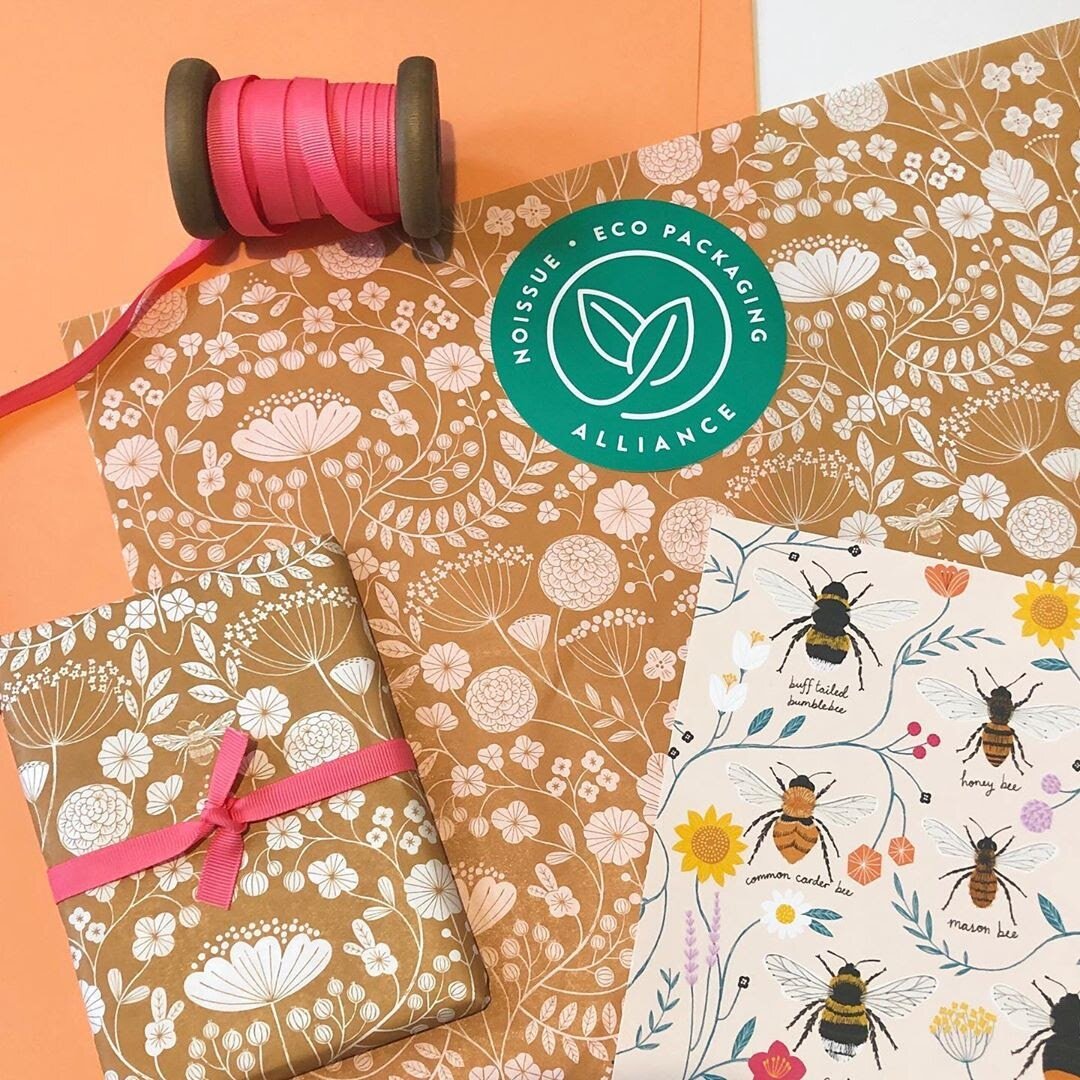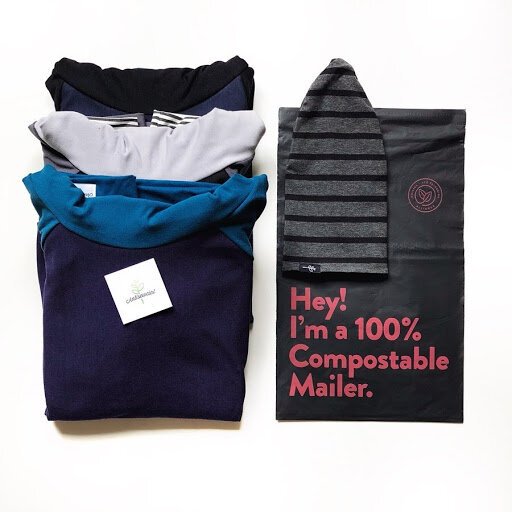What exactly does ‘sustainability’ mean in 2021? This is something that many businesses are currently asking themselves. As eco-friendly practices become an expectation amongst consumers, companies who don’t make an effort run the risk of becoming irrelevant.
So, what is it that businesses should be looking at as they aim to improve their green credentials? Let’s take a look at the top 3 ways to be sustainable in 2021:
Always Be Honest
This might seem like something of a no-brainer. But as ‘green’ and ‘eco-friendly’ become more in demand, there is increasing temptation for businesses to cut corners by claiming to be more sustainable than they actually are.
These deceptive practices are known as ‘greenwashing’ and tend to occur when businesses view eco-consciousness as a trend that they can profit from.
The Honest Company, an eco-friendly baby care company founded by actress Jessica Alba, is a cautionary tale of why greenwashing is a risky (as well as ethically questionable) strategy. In 2017, the company settled in a class-action lawsuit for $1.55 million after claims that it misled consumers about its ingredients.
Situations like this are costly in more ways than one; the damage it inflicts on your brand image is very hard to recover from. Being ‘dishonest’ is hardly going to win you points with consumers, especially as they become more discerning about ‘clean and green’ product claims.
Instead, consider the following:
Just be truthful: It’s easy to avoid greenwashing situations if you make sure that you can account for all of your claims. Authenticity is a powerful but fragile brand asset - you really don’t want to damage it!
Third-party certifications: Today, there are sustainability endorsements available for many different industries. These are awarded by independent organizations to businesses that are verified to have met their standards. Having these up on your website serves as reassurance to consumers that you do practice what you preach. In fact, 75% of consumers say that they are more likely to buy a product or service if the company is making an effort to be sustainable!
Lay out your sustainability plans: No business is 100% green from the get-go, and consumers don’t expect you to be. But they do want to know how you plan to keep improving in this area. Keeping them informed of your goals and ongoing efforts to lower your carbon footprint. Actively finding ways to improve is the mark of a truly sustainable operation.
2. Adopting Sustainable Packaging
When we think about sustainable business operations, packaging might not immediately spring to mind as something which can undermine your brand’s green image. But in 2021, your packaging design will matter more than ever before.
The reason why is two-fold:
Packaging is a necessary expense for every online business
It doesn’t matter what it is that you sell - if you are shipping products to customers and stores, packaging is essential to your business operation.
This means that collectively, the packaging materials we use as eCommerce merchants have an enormous impact on our planet.
It’s no secret that plastic is king in the packaging world, but society is now waking up to the disastrous consequences this has for our environment. Only 9% of the plastic ever created has been recycled or reused. The rest? It’s clogging up our oceans and damaging ecosystems. If drastic action isn’t taken, plastic will outweigh fish and other marine life by 2050.
So, it’s easy to see why making the switch to sustainable packaging has a huge impact on the footprint of your business. It’s also a tangible commitment to protecting the environment, which brings us to the second reason why your packaging matters:
2. It’s what consumers want
A good way to think about packaging design is as the literal face of your brand. With more customers buying online than ever, your packaging is the first tangible interaction that they will have with your product. This also makes it a convenient yardstick for customers to measure the authenticity of your brand’s sustainability claims.
For example, you might be a sustainable clothing brand that uses only organic cotton. But packaging your garments in plastic would undermine this image. It could even be taken by some consumers as a classic exercise in greenwashing.
In sum, sustainable packaging has become more in demand than ever by consumers - meaning that it’s increasingly determining which brands we choose to buy from. According to Dotcom Distribution, 62% are more likely to buy from brands that use sustainable packaging materials.
So, how can you make your packaging more eco-friendly? It might sound like an intimidating project, but there are some easy steps you can take to green up your packaging:
Downsize where you can.
The best way to reduce packaging waste? By starting out with less packaging to begin with. In many cases, businesses are using far more packaging than is necessary to protect a product, resulting in excess waste.
It’s a good idea to periodically review your packaging design and ask yourself ‘is there anything that I can do without?’ Choosing smaller boxes, or even forgoing boxes entirely in favor of mailer envelopes, is a great way to cut down on bulk for smaller orders.
Minimal packaging can also be a great reflection of your brand values. Katrina Sellers, the founder of the boutique perfumery Jules & Vetiver, chose to keep her packaging as limited as possible to make a statement against the culture of excess in the cosmetics industry:
“Sustainability has always been at the core of what we're about, because we cringe when we see how many luxury fragrance brands invest a ton in flashy packaging that serves no purpose. Traditionally, the only way fragrances (and a lot of consumer products, really) think they can demonstrate value is by adding on layers of unnecessary packaging to prove that the product is special. But it never sat right with us, philosophically. We knew that just because that's how it's always been done doesn't mean that we can't find other ways to impress, ways that are more focused on sensible sustainability.”
Over-packaged items are also one of the biggest pet peeves for consumers, so keeping your design as streamlined as possible is a great way to keep your customers happy!
Maximize the use of recyclable/reusable materials.
Removing plastic from your packaging is one way you can instantly boost the sustainability of your packaging design. Soft plastics such as shrink wraps cannot be recycled, and so end up going to the landfill in vast quantities.
Instead, try replacing plastic wrap with tissue paper or cardboard. This is 100% recyclable, easy to source, and very affordable. Even better, it also takes the burden off your customers by making disposal simple. If there’s one thing we all hate, it’s the term ‘in-store recycling!’
Take the time to educate your customers.
If you are considering bringing in a packaging design with more specialized disposal instructions, such as composting, it’s vital that you take the time to explain this to customers. Otherwise, your efforts to be sustainable could go to waste (quite literally).
For example, if compostable packaging ends up in a landfill, it won’t be able to break down due to the lack of oxygen. In short, it becomes litter.
Providing instructions with your orders is an easy way to make sure that your customers have the information they need. Or, if you want to get creative, why not print it on your packaging itself?
3. Start a Conversation
More and more of us want guidance on how to be a conscious consumer - but actually feel like it’s harder than ever to achieve. In fact, 43% of us feel that brands make it harder, not easier, to be eco-friendly!
At its core, being sustainable is all about those small steps that collectively make a big difference. Yet many of us still feel unsure about how we can contribute to alleviating issues like plastic pollution. This is an area where your brand can make a real impact.
Providing sustainability facts and advice to your customers is a great way to both boost engagement and build a like-minded community around your brand. It shows that being eco-friendly is bigger than just your product offerings; it’s a mission statement that influences every part of your story.
Pantee Intimates, a brand that produces underwear made from discarded t-shirts, is a great example of how content marketing can help to establish you as a sustainable leader. Their blog frequently posts about studies on the environmental impact of the fashion industry, spotlights other sustainable creatives, and also provides detailed information about their own manufacturing processes.
Initiatives like this also boost your ongoing value to consumers who may have already purchased from you, which provides them with an incentive to stay on your mailing or follower lists.
Sustainability can feel like a bit of a minefield to businesses of every size. But as this list shows, it’s actually the smaller steps that can make the biggest difference in the eyes of consumers. Take the time to consider how you could implement these ideas in 2021!
Beth Owens is the Content Strategist and resident unboxing expert at noissue. Her main areas of expertise are eCommerce trends, sustainability for small businesses, and the art of excellent branding. Her articles have been featured by the likes of Big Cartel, Vend, BigCommerce, and RetailMinded.









